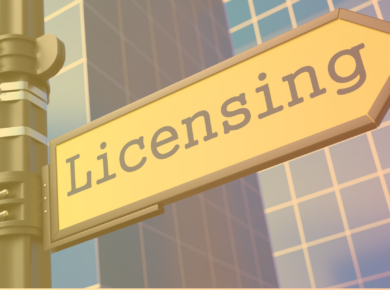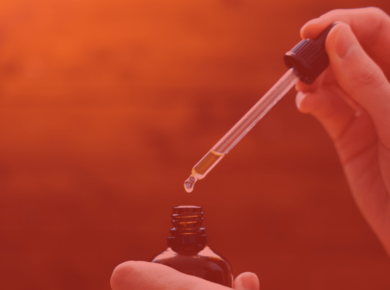THC (Delta 9-THC) and CBCa (Cannabichromenic Acid) are both essential compounds found within the broad spectrum of cannabinoids in hemp and cannabis plants. They differ primarily in their psychoactive properties and interactions with the body’s endocannabinoid system.
Delta 9-THC, more commonly known as THC, is the principal psychoactive compound in cannabis. When consumed, it binds primarily to the CB1 receptors in the brain, giving users the euphoric sensation or the “high” commonly associated with cannabis consumption.
On the flip side, CBCa (Cannabichromenic Acid) is non-psychoactive. As a precursor to CBC (Cannabichromene), it’s mainly found in raw cannabis plants. Rather than interacting significantly with CB1 receptors like THC, CBCa communicates with other receptors, potentially offering an array of benefits.
At a molecular level, the main distinction lies in their psychoactive capabilities and their interactions with the body’s endocannabinoid system. While THC is psychoactive and predominantly binds to CB1 receptors, CBCa remains non-psychoactive, engaging with a broader set of receptors.
Always bear in mind the legal implications of these compounds, as regulations can vary by location. It’s crucial to be informed of local regulations prior to purchasing or using cannabinoid products.
Many States allow hemp derived cannabinoids under the 2018 Farm Bill as long as they contain less than .3% D9 THC. Some States have explicitly banned cannabinoids like Delta 8, so check your local rules and regulations before purchasing.
Here’s the rules for Kush.com and more details
Frequently Asked Questions (FAQs) What’s the fundamental difference between THC and CBCa? THC, also known as Delta-9-Tetrahydrocannabinol, is the psychoactive component in cannabis responsible for the “high” sensation. In contrast, CBCa, or Cannabichromenic Acid, is a non-psychoactive cannabinoid, acting as the precursor to CBC (Cannabichromene) when heated or aged.
How are THC and CBCa synthesized in hemp plants? Both compounds emerge in the hemp plant via biosynthesis. Originating from CBGa (Cannabigerolic Acid), specific enzymes convert them into THCa and CBCa. With time or upon heating, these compounds decarboxylate into THC and CBC.
Are THC and CBCa present in all hemp and cannabis strains? While both compounds are found in hemp and cannabis, their concentrations differ based on the strain. Industrial hemp strains typically have high CBD and low THC content. CBCa generally appears in lesser amounts across most strains.
What are the legal considerations for THC and CBCa? THC, due to its psychoactive properties, faces stringent regulations or outright bans in many areas. Conversely, CBCa, being non-psychoactive, doesn’t encounter the same restrictions. Nonetheless, it’s vital to familiarize oneself with local laws.
How are THC and CBCa incorporated in hemp and cannabis products? THC is predominantly used in recreational cannabis products for its psychoactive properties. CBCa, although less popular, is found in full-spectrum hemp extracts and is the subject of ongoing research concerning its potential applications. It’s essential to note that the effects and benefits of these compounds are still under investigation, and no medical claims can be currently asserted.
Shop
Similar Products You Might Be Interested In:





